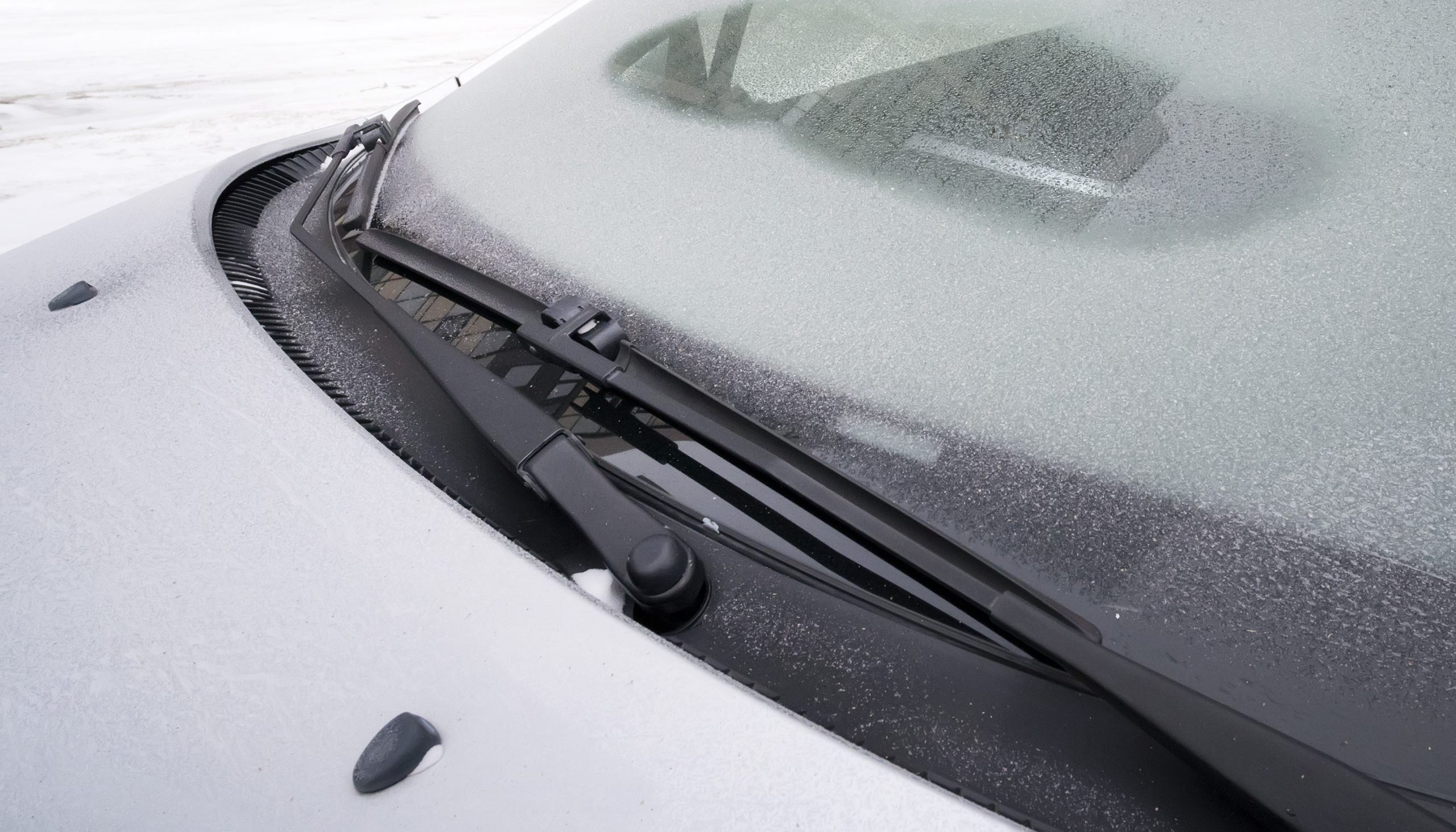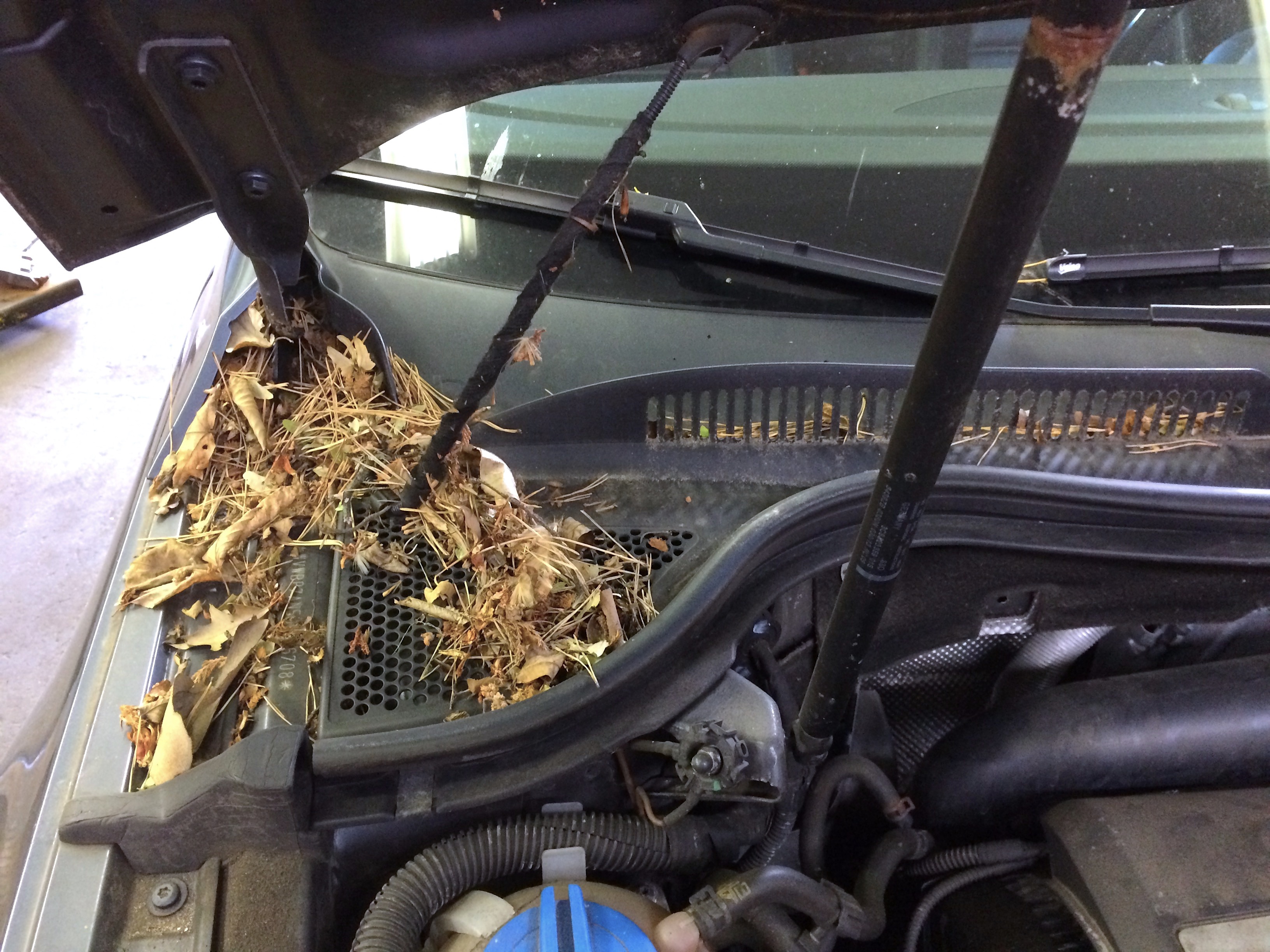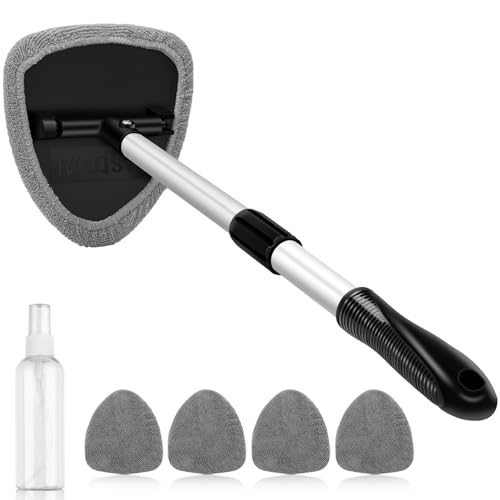Ever wondered what to call that plastic or metal strip at the base of your windshield? It’s one of those car parts you see every day but might not know by name. This guide dives deep into what a cowl on a car is, why it’s far more important than just a piece of trim, and how to spot problems that could lead to seriously expensive repairs.
A car cowl, or cowl panel, is the protective cover located in the space between the base of your windshield and the trailing edge of the hood, where the windshield wipers are mounted. This component is typically made from durable plastic or steel and is designed to shield critical systems from the elements.
Leveraging extensive analysis of automotive design principles and maintenance data, this guide unpacks everything you need to know about this vital component. We’ll cover its core functions, common failure points, and what you can expect when it comes to maintenance and replacement costs. This guide will help you effectively understand what a cowl on a car is and why you can’t afford to ignore it.
Key Facts
- Strategic Location: The cowl panel is the component situated in the gap between your car’s hood and the bottom of the windshield, serving as a critical barrier.
- Primary Protective Role: Its main purpose is to shield the windshield wiper motor and the cabin air intake system from water, leaves, snow, and other debris.
- Vulnerable to Damage: According to automotive data, extreme temperature fluctuations are a leading cause of cowl panels cracking and warping over time.
- Clogs Cause Corrosion: When the cowl’s drains are blocked by debris, trapped water can accelerate the formation of rust and corrosion on the vehicle’s firewall and other metal parts.
- Replacement Cost Range: If a cowl panel needs replacement, analysis of repair data shows parts alone can cost between $100 and $450, with labor adding an additional $50 to $80.
What is a Car Cowl? Unpacking Its Critical Role, Location, and Function
A cowl on a car, often called a cowl panel, is the section located between the windshield and the hood. It serves as a cover for the gap where the windshield wipers are located and is typically made of durable materials like plastic or steel. This panel might seem like a simple piece of trim, but it performs several essential jobs that protect your vehicle from damage.

The primary query of “what is a cowl on a car” is often confused because the term “cowl” also refers to a type of hooded garment worn by monks. In the automotive world, however, its meaning is precise. It’s the component that seamlessly bridges the aesthetic and functional gap between the glass of the windshield and the metal of the hood. It supports the base of the windshield and often hides the complex mechanics of the wiper system from view and, more importantly, from the elements.
The Purpose of a Car Cowl: More Than Just a Trim Piece
The car cowl is critical for protecting the windshield wiper motor and cabin air intake from water and debris, preventing rust, electrical issues, and ensuring your car’s ventilation works properly. It’s an unsung hero that plays a constant, active role in maintaining your vehicle’s health and integrity. Without it, several sensitive and expensive systems would be completely exposed to rain, snow, and road grime.
Think of the cowl as the gutter system for your windshield area—it directs water safely away from sensitive electronics. Its importance cannot be overstated, as a failure in this simple part can lead to a cascade of costly problems.
The key functions of the cowl panel include:
- ✅ Protection from Elements: It forms a primary shield against water, ice, snow, and debris like leaves and dirt.
- ✅ Shielding Vital Components: It directly covers and protects the windshield wiper linkage and motor, as well as the fresh air intake for the cabin’s ventilation (HVAC) system.
- ✅ Water Management: It features engineered channels and drains to funnel rainwater away from the engine bay and sensitive electrical components, directing it safely to the ground.
- ✅ Ensuring Clean Airflow: The vents on the cowl allow fresh air to enter your car’s heating and cooling system while preventing larger debris from getting sucked in and causing blockages.
Protecting Vital Engine Bay Components
A healthy cowl is the first line of defense for your wiper motor and cabin air intake, preventing costly water damage and ventilation problems. The area underneath the cowl is a hub for critical systems that are highly susceptible to moisture and contamination. The cowl panel specifically shields these parts, ensuring your car functions reliably in all weather conditions. If this protective barrier is compromised, the risks are immediate and significant.
| Component Protected | Risk if Cowl is Damaged/Missing |
|---|---|
| Windshield Wiper Motor & Linkage | Water damage, electrical shorts, complete wiper failure |
| Cabin Air Intake System | Clogged airflow, water in HVAC system, mold and mildew growth |
Ensuring Proper Water Drainage and Airflow
The cowl actively manages water by channeling it through drains and facilitates clean airflow into the cabin via its integrated vents. It’s not just a passive cover; it’s an active water and air management system. This dual function is essential for both vehicle longevity and passenger comfort.
Here’s how the process works:
- Water Collection: Rain or melting snow runs down the windshield and onto the surface of the cowl panel.
- Channeling: The cowl is shaped with built-in channels that guide this water toward designated drainage ports, usually located at the corners.
- Safe Drainage: These drains direct the water through tubes that run down the sides of the engine bay, safely expelling it onto the ground, typically behind the front wheels.
- Air Intake: Simultaneously, the slatted vents on the cowl allow exterior air to be drawn into the vehicle’s HVAC system, while the design of the slats helps block leaves and other large debris.
Pro Tip: This drainage system is why you often see water dripping from behind your front wheels after rain, and it’s working as intended!
Common Cowl Problems and Signs of Failure
Signs of a failing car cowl include visible cracks, pooled water at the base of the windshield, a musty smell from vents, or water leaking into the passenger footwell. Because it’s constantly exposed to the elements—from intense sun to freezing ice—the cowl panel can degrade over time. Ignoring these symptoms can transform a relatively minor issue into a major repair bill involving rust remediation or electrical system replacement.
A clogged cowl drain is like a clogged gutter on a house—the water has to go somewhere, and it’s usually somewhere you don’t want it. Recognizing the signs of failure early is key to preventing this kind of widespread damage.
Cracks, Warping, and Physical Damage
Cracks in the cowl are a serious issue, creating a direct path for water to enter and damage your car’s electrical and ventilation systems. Cowl panels, especially those made of plastic, can become brittle and crack due to years of exposure to UV rays and extreme temperature swings. A small crack might seem insignificant, but it completely compromises the panel’s ability to create a watertight seal against the windshield.
A cracked or damaged cowl panel can allow water to leak into the vehicle’s interior, potentially causing electrical malfunctions or damage to the HVAC system.
This water intrusion can lead to frustrating and hard-to-diagnose issues, such as shorted-out electronics, a waterlogged cabin air filter, or even damage to the blower motor that powers your heat and AC.
Debris Accumulation and Clogged Drains
A cowl clogged with leaves and dirt will trap water against your car’s body, leading to severe rust and corrosion if not cleaned regularly. This is one of the most common and preventable issues related to the cowl on a car. When the drainage ports become blocked, a chain reaction of damage begins.

The damaging sequence unfolds as follows:
- Debris Collects: Leaves, pine needles, dirt, and other organic matter accumulate in the cowl area.
- Drains Block: This debris turns into a dense sludge when wet, completely blocking the small drainage holes.
- Water Pools: With nowhere to go, rainwater and snowmelt pool inside the cowl tray, creating a standing body of water.
- Corrosion Begins: This constant moisture sits directly against the firewall and other metal body panels, rapidly accelerating the formation of rust and corrosion.
Ever park under a tree? A quick check of your car’s cowl could save you from major rust repairs down the road.
Cowl Maintenance and Replacement Guide for 2025
Maintain your cowl by regularly cleaning debris. If replacement is needed, expect to pay $150-$530 total, with options ranging from high-quality OEM parts to budget-friendly aftermarket brands like Dorman. Proactive maintenance is simple and can prevent nearly all common cowl-related problems. However, if the panel is already cracked or damaged, replacement is the only effective solution.
Based on these options, would you lean towards an OEM part for a perfect fit or a quality aftermarket part to balance cost and durability? Understanding your choices is key to making an informed decision that fits your budget and your vehicle’s needs.
Simple Maintenance: How to Clean Your Car’s Cowl
Regularly inspect your cowl for cracks and clear away leaves and dirt by hand or with a brush to prevent clogs and water damage. This simple task should be a part of your regular car care routine and only takes a few minutes.
Here is a simple, step-by-step guide:
- Visual Inspection: Open the hood and look at the cowl area. Check for any visible cracks in the plastic or rubber seals.
- Remove Large Debris: Use your hands or a small brush to sweep away any leaves, twigs, and other large debris collected on the cowl screen and in the corners.
- Clear Out Finer Dirt: For smaller particles, you can use a vacuum with a brush attachment or a can of compressed air to blow out the dirt from the vents and channels.
- Test the Drains: Carefully and slowly pour a small amount of water into the cowl area on each side. Watch to see if it drains quickly behind the front wheels. If the water pools or drains very slowly, the drain tubes are likely clogged and may need to be cleared with a flexible wire or professional assistance.
Understanding Cowl Replacement Costs and Part Options
Choose an OEM cowl for guaranteed fit, or select a reputable aftermarket brand like Mando or Dorman to balance cost with reliable performance. When it’s time for a replacement, you have several options that vary in price and quality. The total cost will depend on your vehicle’s make and model, the type of part you choose, and local labor rates.
Here’s a breakdown of your part options:
| Part Type | Key Features | Best For… |
|---|---|---|
| OEM (e.g., Kia Genuine) | Precise fit, optimal compatibility, superior quality | Owners prioritizing perfect fit and long-term reliability |
| Mando (Aftermarket) | High-quality for Hyundai/Kia, balances cost/durability | Hyundai/Kia owners seeking a quality alternative |
| Dorman (Aftermarket) | Strong and effective, budget-conscious | Owners needing a cost-effective solution |
Keeping your cowl clean and functional is a simple task that pays huge dividends in preventing rust and water damage. Equipping yourself with the right tools can make this job even easier.
FAQs About a Car’s Cowl Panel
Here are answers to some of the most frequently asked questions about what a cowl on a car is and its function.
What is the purpose of a cowl on a car?
The primary purpose of a cowl on a car is to protect the area between the hood and windshield. It shields the windshield wiper motor and the cabin air intake system from rain, snow, and debris. It also has integrated channels and drains to manage water runoff, preventing it from entering the engine bay or cabin and causing rust or electrical damage.
How much is a cowl replacement?
A cowl replacement can vary in cost. According to aggregated repair data, the part itself typically costs between $100 and $450, depending on the vehicle and whether you choose an OEM or aftermarket part. Labor costs for installation usually add another $50 to $80, bringing the total to a range of approximately $150 to $530.
Where is the cowl located on a car?
The cowl is located on the exterior of the car, in the space directly between the bottom edge of the windshield and the rear edge of the hood. It’s the panel that your windshield wipers appear to rest on or protrude through when they are in their off position. It serves as a bridge between these two major components.
What does a cowl look like?
A car cowl typically looks like a long, slender panel, often made of black plastic or sometimes painted metal. It usually has vents or a grille-like pattern to allow air to enter the cabin’s ventilation system. The windshield wipers are mounted through openings in the cowl, and it is shaped to fit snugly against the base of the windshield.
Can I drive my car if the windshield cowl is missing?
While you technically can drive without a cowl panel, it is strongly advised against. Driving without it leaves your windshield wiper motor, linkage, and the cabin air intake completely exposed to water and debris. This can quickly lead to wiper failure, water leaking into the cabin, and serious damage to the HVAC system and electrical components.
Is a cowl the same as a cowling?
The terms “cowl” and “cowling” are often used interchangeably in the automotive world, both referring to the panel between the hood and windshield. However, “cowling” is a broader term that can also refer to the removable engine cover on an airplane, motorcycle, or outboard boat motor. In the context of a car, both terms point to the same part.
Final Summary: Why Your Car’s Cowl is a Component You Can’t Ignore
In summary, the cowl on a car is far more than an aesthetic trim piece; it’s a critical protective component that plays a vital role in preventing water damage, rust, and electrical failures. By shielding the wiper assembly and cabin air intake, it ensures the reliable operation of key systems and maintains the integrity of your vehicle’s body. What is a cowl on a car? It’s your first line of defense against the elements.
The key takeaways are clear:
- ✔ It’s a Guardian: The cowl protects expensive components like the wiper motor and HVAC system.
- ✔ Drainage is Crucial: Clogged drains are the number one cause of cowl-related rust and water leaks.
- ✔ Maintenance is Simple: Regular inspection and cleaning can prevent most major problems.
- ✔ Damage Must Be Addressed: A cracked cowl compromises its protective function and should be replaced promptly.
The next time you wash your car, take 30 seconds to inspect your cowl and clear any debris—it’s one of the simplest ways to prevent some of the most expensive repairs.
Last update on 2025-10-11 / Affiliate links / Images from Amazon Product Advertising API







![What Will Fail a WV Car Inspection? Top 10 Reasons [year] 12 What Will Fail a WV Car Inspection? Top 10 Reasons [year]](https://carxplorer.com/wp-content/uploads/2025/10/What-Will-Fail-a-WV-Car-Inspection-Top-10-Reasons-year-2-60x60.jpg)
![Clean Your Car Dashboard: Best Products & DIY Tips [year] 14 Clean Your Car Dashboard: Best Products & DIY Tips [year]](https://carxplorer.com/wp-content/uploads/2025/10/Clean-Your-Car-Dashboard-Best-Products-DIY-Tips-year-2-60x60.jpg)

